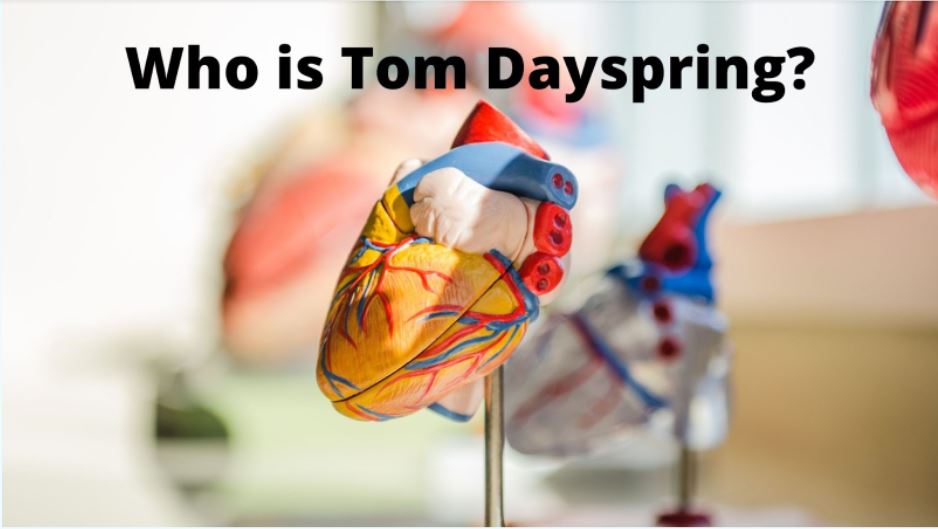World-renowned lipid therapist Tom Dayspring is back to bringing an update on the current concept of lipidology as a follow-up to his five-part audio series from 2018.
In this episode, Tom investigates the growing awareness that atherogenic lipoproteins are a major cause of atherosclerotic artery disease.TOM highlights Apolipoproat B (APOB) and lipoprotein (A) (LP (A) and more. He discusses risk assessment, including which lab metrics to use, how to interpret them, and which therapy targets to utilize. Furthermore, Tom highlights the most recent advances in lipid-lowering pharmacological therapy, ranging from the continuous evolution of PCSK9 inhibitors to the most current knowledge of EPA and DHA, as well as the inclusion of bempedoic acid in the list of therapeutic agents.
Works
During the previous eleven years, Dr. Dayspring has presented over 2500 talks, including over 700 hospital and medical school grand rounds, big CME programs in all 50 states, and several additional speaking venues such as teleconferences and webcasts. He wrote a chapter on cholesterol production, absorption, and excretion in the 2008 textbook Therapeutic Lipidology, as well as other publications on lipids and lipoproteins, including their pharmacologic regulation and relationships to gender, estrogen, and raloxifene. He also writes “Lipidaholics Anonymous,” a fortnightly email that is distributed to thousands of healthcare professionals. He is a master in PowerPoint and has made several animated presentations, as well as CME CDs, relevant to all elements of lipidology and atherosclerosis.
Social Media
Read more about the Author here.
Inspiring Talks by Tom Dayspring
Interview
Notable quotes
- “Atherogenic lipoproteins are really the issue behind the clinical atherosclerotic vascular disease. … The data has just become so overwhelming.”
- “It is definitely time to reacquaint with CETP: one of the lipid transfer proteins that promote the bidirectional transfer of neutral lipids (CE & TG) acting as (1) a tunnel between lipoproteins and/or (2) as a lipid “shuttle bus”
- “The lipidology equivalent is niacin which has missed its primary endpoint in 3 large randomized, controlled, outcome trials (CDP, HATS, HPS-THRIVE). Same conclusion: niacin doesn’t work.”
- “Careful what you wish for: HDLc >80 mg/dL was associated with risk of all-cause death & CV death after adjustment for age, gender, race, BMI, HTN, smoking, TG, LDL-C, CVA & MI history, diabetes, eGFR, & alcohol use.”
- “I am so tired of continued missives describing plasma lipoprotein cholesterol concentrations as “good & bad.” After acquiring cholesterol an HDL using CETP transfers significant amounts to LDLs which then traffics it to the liver (Indirect RCT). So does “good” become” bad”?”
- “On “National Triglycerides Day” BE SURE to also learn about Pseudohypertriglyceridemia. It is missed 99% of the time. How can the serum be clear if TG is> 500 mg/dL?”
- “I have spent 2 decades teaching triacylglycerol biochemistry, measurement, & the importance of TG-rich lipoproteins. Never heard of “National Triglycerides Day” but am happy for the macromolecule to get its due.”
- “For everyone learning about or ordering lipoprotein “little a” – [Lp(a)] – NEVER confuse it or let the lab confuse it with lipoprotein A [LpA].”
- “Lp(a) needs to be checked in all adults but needs a HIGH index of screening/suspicion in South Asian males.”
- “Nothing but bad news related to elevated Lp(a). Please make sure yourself, loved ones, and your patients are tested.”
- “The trials of torcetrapib cannot come quick enough!”
